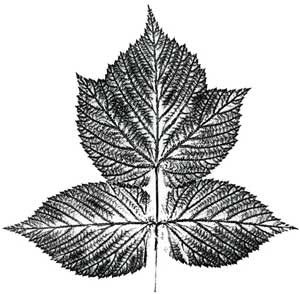
You never forget how to ride a bike. But first, you have to learn, and then you can explore the world. So it is with cooking and book making.
As a boy scout I learned how to scramble an egg, to make "benders" and "twisters", and how to bake potatoes in a "biscuit tin oven" (they ended up with an exquisite smoked flavour that I can now attribute to the oak wood fire I built around the "oven"). Today I scramble an egg without thinking, adding more butter and creamy milk and aromatic fresh ground black pepper than before and stirring all the ingredients together in the pan as I start to cook. I still recall the direction to remove the eggs from the heat before they finish cooking, otherwise they will separate.
Like riding a bike, there are elements of cooking you never forget. But, as they say, there is more than one way to skin a cat, and there is more than one way to scramble an egg. And so, more often than not I find myself searching for a new recipe, a different method of preparing and cooking the staples. I am interested in food, and trying new techniques, combinations and ingredients is absorbing.
Cooking has become an extension of my creative work as an artist. I am constantly looking for that perfect blend of the best and freshest ingredients. Seeking to widen my culinary expertise and experience. And what may seem like "old hat" to some I am only just discovering, for example: white "ragu" – white wine, milk and long slow cooking [Marcella Hazan]. Thanks to Susan Filter for introducing me to MH. As with the books I make, my quest is the elegance of perfection combined with the vivacity of the spontaneous.

Sometimes, making a book seems like second nature, like riding a bike, or making scrambled eggs. My first recollections of making books are learning how to make single-section books at junior school, and as a teenager binding twelve issues of my Aeromodeller magazine.
This Christmas I made some gifts: a cloth-covered, case bound, French-sewn guard book, and three gatherings of laser printouts, "bound" in the Japanese stabbed binding style.
The guard book was relatively straightforward. Choosing an acid-free paper ("aren't all papers archival these days?" asked Garrison Keillor when I described the physical attributes of my books), I gathered twelve 16 pp sections. My French-sewn binding is an "all along" stitch, without tapes. In a moment of revelation I realize how adept I have become at making a book, from scratch.
There was a time when cooking was a part of my work routine – making boiling water flour paste, and melting hide glue, filling the workroom and house with bovine aromas (does aspic å la Elizabeth David or Julia Child smell the same?)
To bind the laser-printed sheets I needed a simple solution. A perfect binding would suffice but the paper reacted badly, becoming wavy, even though the grain direction ran parallel to the spine. Inspired by two volumes of an old Japanese textbook, I decided to use a stabbed sewing structure. And so I learned another method of binding.
Cooking and making books are both productive processes that combine a variety of elements together to form something that has a purpose or function and also has aesthetic qualities that may delight or stimulate many senses. The well-designed, well-made book with valuable contents is like the well planned, perfectly cooked and presented dish. Both can combine elements of the traditional or the innovative, be controversial, or be audacious or austere, disturbing or comforting.
Both are rewarding.






















